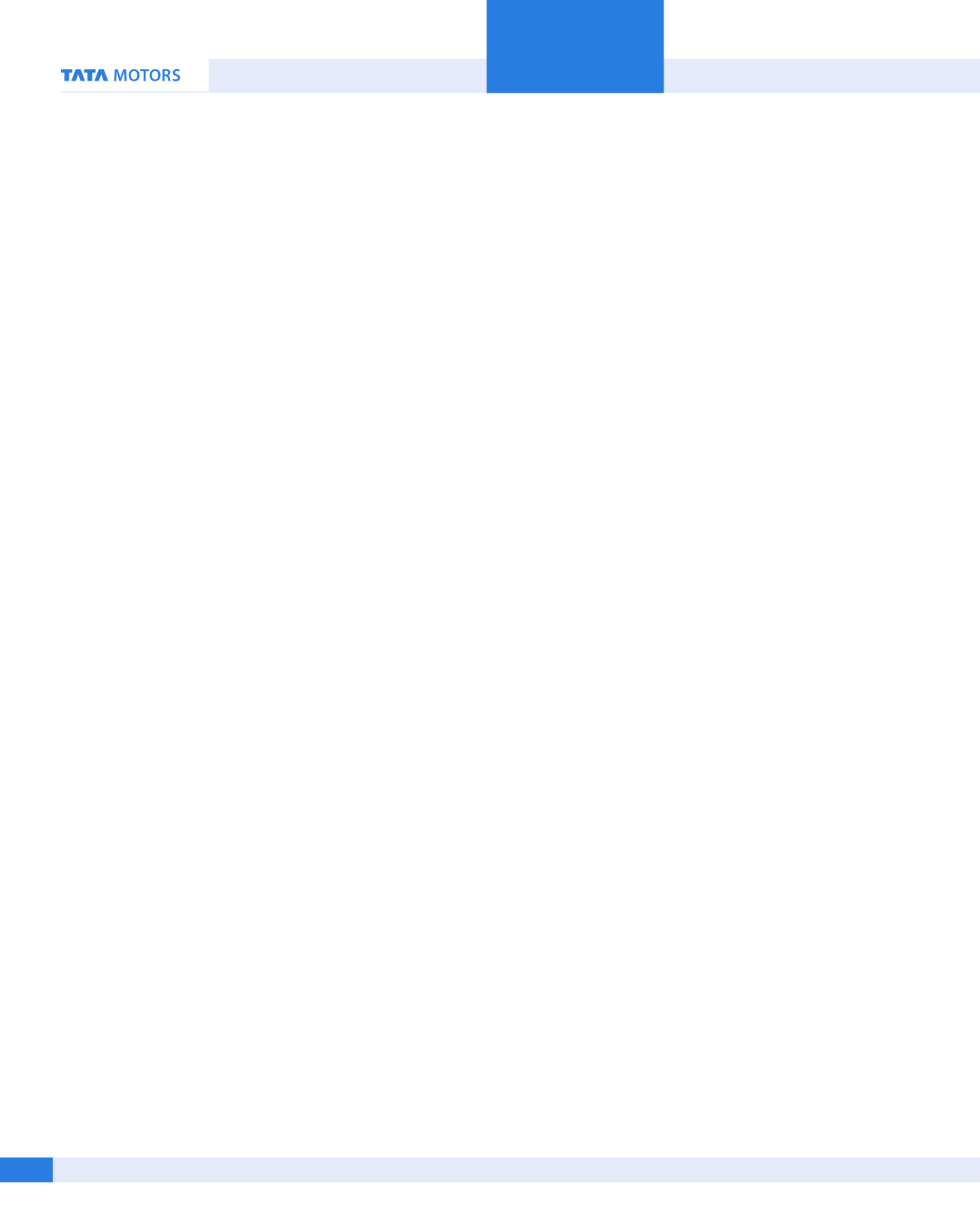

Corporate Overview
Financial Statements
Statutory Reports
124
72nd Annual Report 2016-17
demand and the cost and availability of finance for the Company’s
business and operations. If the global economy goes back into
recession and consumer demand for the Company’s vehicles drops,
as a result of higher oil prices, excessive public debt or for any other
reasons, and the supply of external financing becomes limited, the
Company may again face significant liquidity risks.
The Company is also subject to various types of restrictions or
impediments on the ability of companies in its Group in certain
countries to transfer cash across the Group through loans or
interim dividends. These restrictions or impediments are caused
by exchange controls, withholding taxes on dividends and
distributions and other similar restrictions in the markets in which
the Company operates. The cash in some of these jurisdictions is
subject to certain restrictions on cash pooling, intercompany loan
arrangements or interim dividends.
Exchange rate and interest rate fluctuations could materially
and adversely affect the Company’s financial condition and
results of operations.
The Company’s operations are subject to risks arising from
fluctuations in exchange rates with reference to countries in which
it operates. The Company imports capital equipment, raw materials
and components from, manufacture vehicles in, and sell vehicles
into, various countries, and therefore, its revenues and costs have
significant exposure to the relative movements of the GB£, the
U.S. dollar, the Euro, the Russian Ruble, the Chinese Renminbi, the
Singapore dollar, the Japanese Yen, the Australian dollar, the South
African rand, the Thai baht, the Korean won and the Indian rupee.
The United Kingdom’s exit from the European Union could also
have a negative impact on the growth of the UK economy and
cause greater volatility in the pound sterling. This could directly
impact the Company’s sales volumes and financial results, as the
Company derives the majority of its revenues from overseas markets
and source significant levels of raw materials and components from
Europe, which may result in decrease in profits to the extent of non-
British pound costs, are not fully mitigated by non-British pound
sales.
Moreover, the Company has an outstanding foreign currency
denominated debt and is sensitive to fluctuations in foreign currency
exchange rates. The Company has experienced and could expect
in the future to experience foreign exchange losses on obligations
denominated in foreign currencies in respect of its borrowings and
foreign currency assets and liabilities due to currency fluctuations.
The Company has both interest-bearing assets (including cash
balances) and interest-bearing liabilities, which bear interest at
variable rates. The Company is therefore exposed to changes in
interest rates. Although the Company engages in managing its
interest and foreign exchange exposure through use of financial
hedging instruments, such as forward contracts, swap agreements
and option contracts, higher interest rates and a weakening of the
Indian rupee against major foreign currencies could significantly
increase its cost of borrowing, which could have a material adverse
effect on the Company’s financial condition, results of operations
and liquidity.
The Company is exposed to the risk that appropriate hedging
lines for the type of risk exposures it is subjected to may not be
available at a reasonable cost, particularly during volatile rate
movements, or at all. Moreover, there are risks associated with the
use of such hedging instruments. Whilst mitigating to some degree
the Company’s exposure to fluctuations in currency exchange
rates, the Company potentially forgo benefits that might result
from market fluctuations in currency exposures. These hedging
transactions can also result in substantial losses. Such losses could
occur under various circumstances, including, without limitation,
any circumstances in which a counterparty does not perform its
obligations under the applicable hedging arrangement (despite
having ISDA agreements in place with each of the Company’s
hedging counterparties), currency fluctuations, the arrangement is
imperfect or ineffective, or the Company’s internal hedging policies
and procedures are not followed or do not work as planned. In
addition, because the Company’s potential obligations under the
financial hedging instruments are marked to market, the Company
may experience quarterly and annual volatility in its operating
results and cash flows attributable to its financial hedging activities.
A decline in retail customers’ purchasing power or consumer
confidence or in corporate customers’ financial condition and
willingness to invest could materially and adversely affect the
Company’s business.
Demand for vehicles for personal use generally depends on
consumers’ net purchasing power, their confidence in future
economic developments and changes in fashion and trends, while
demand for vehicles for commercial use by corporate customers
(including fleet customers) primarily depends on the customers’
financial condition, their willingness to invest (motivated by
expected future business prospects) and available financing.
A decrease in potential customers’ disposable income or their
financial flexibility or an increase in the cost of financing will
generally have a negative impact on demand for the Company’s


















